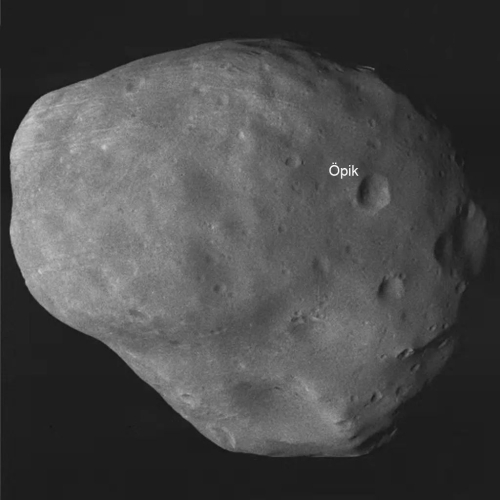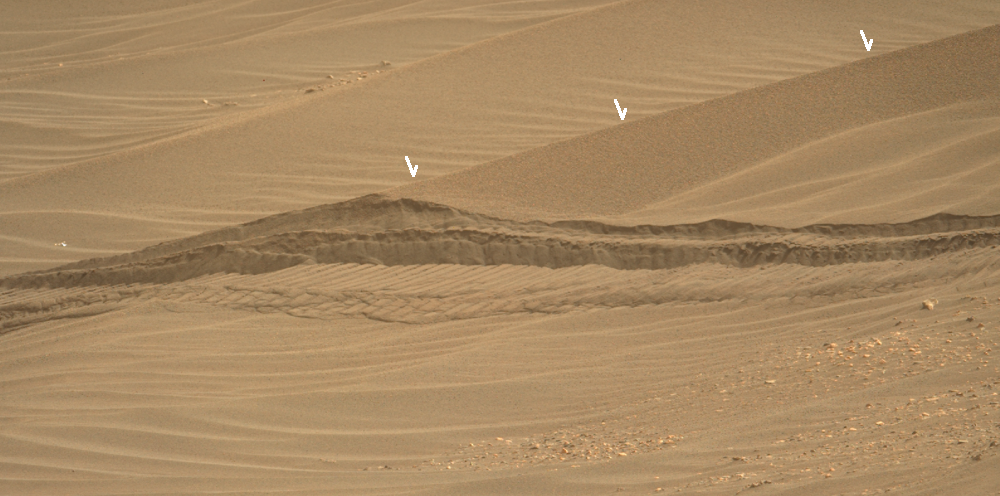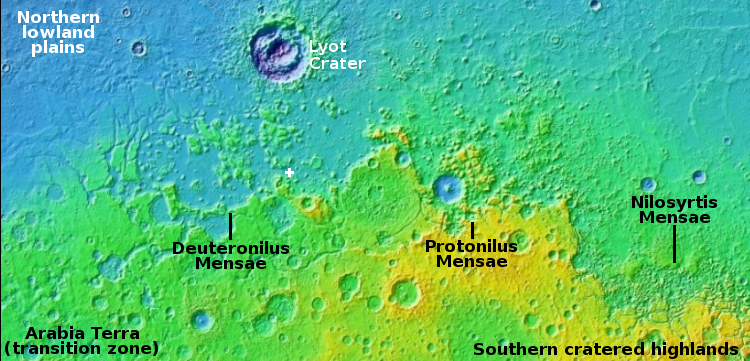Watch China’s launch of next big module to its Tiangong space station
The launch of the next big module to China’s Tiangong space station, dubbed Wentian, is scheduled for 2:15 am (eastern) tonight, using its Long March 5B rocket.
The live stream is embedded below if you want to watch. It begins at about an hour before launch.
I have added a live stream in English, below the first. One detail of importance that this broadcast has already revealed: According to one technical expert being interviewed, the core stage will not crash to Earth uncontrolled. They will be able to bring it down where and when they want.
» Read more
The launch of the next big module to China’s Tiangong space station, dubbed Wentian, is scheduled for 2:15 am (eastern) tonight, using its Long March 5B rocket.
The live stream is embedded below if you want to watch. It begins at about an hour before launch.
I have added a live stream in English, below the first. One detail of importance that this broadcast has already revealed: According to one technical expert being interviewed, the core stage will not crash to Earth uncontrolled. They will be able to bring it down where and when they want.
» Read more











